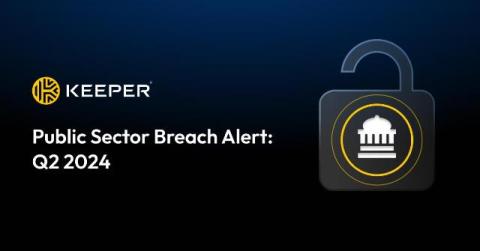What I Did To Secure My Accounts After the Ticketmaster Breach
On May 20, 2024, Ticketmaster parent company Live Nation Entertainment launched an investigation after detecting unauthorized activity within a database containing company data. A week later, they were contacted by someone who threatened to sell their user data on the dark web. I, like many other Ticketmaster customers, became worried about my data, so I took immediate steps to protect myself. Here is what I did.











